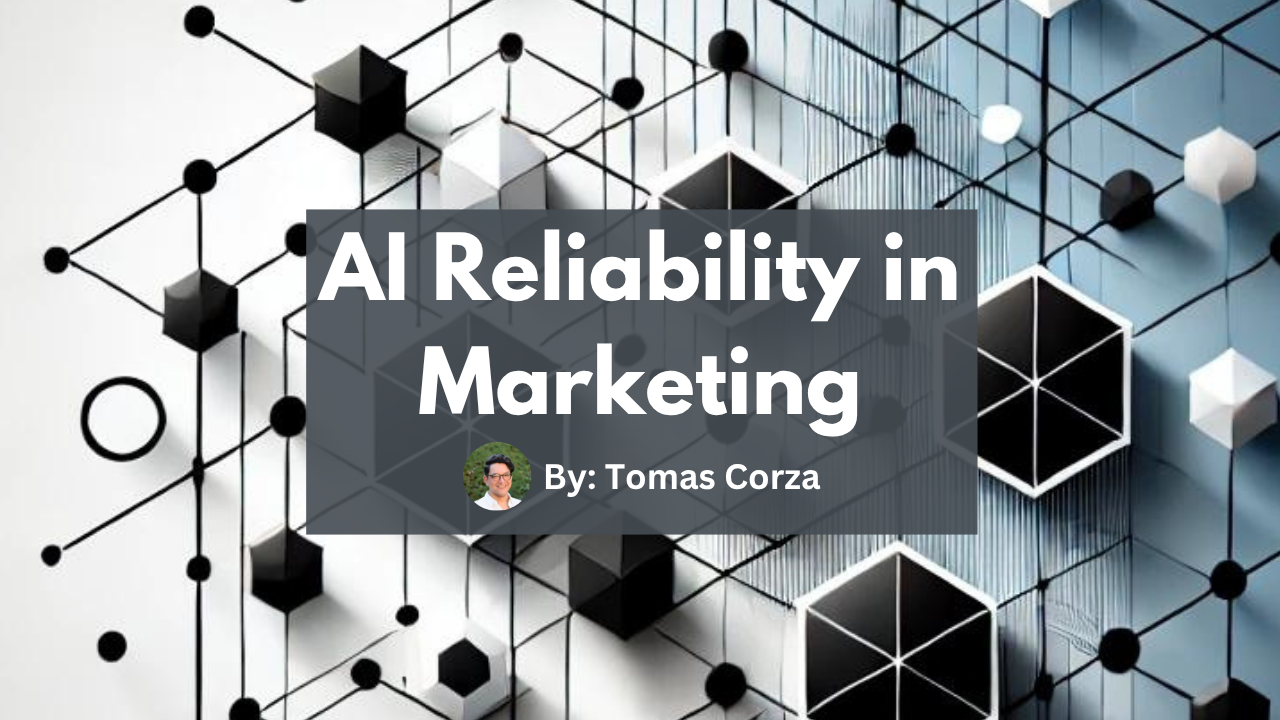Audience Curation with AI
This essay, written by Tomas Corza, reflects on the work of Lorenzo Jaime Yu Flores, Junyi Shen, and Goodman Gu in their study “Towards Reliable Multi-Agent Systems for Marketing Applications via Reflection, Memory, and Planning.”
Introduction
Audience curation has always been at the heart of marketing. Knowing who to speak to and how to refine that audience over time, determines whether campaigns resonate or fall flat. What Flores, Shen, and Gu explore in their research is how multi-agent systems powered by large language models (LLMs) can transform this process into something more reliable, transparent, and adaptable for real-world marketing tasks.
Their framework, called RAMP (Reflect/Verify + Act + Memory + Plan), demonstrates how AI can go beyond surface-level segmentation and instead emulate the reasoning, reflection, and learning loops of human strategists. For marketers, this has profound implications: audience curation with AI is no longer about static filters, but about building systems that learn, correct themselves, and improve with every campaign cycle.
The RAMP Framework and Its Marketing Implications
At the center of this research is RAMP, a multi-agent system that breaks down audience creation into distinct roles:
Planner: designs a filtering strategy based on customer data and campaign goals.
Actor: executes these plans by applying filters and producing the audience.
Verifier: ensures the output meets the marketer’s criteria.
Reflector: revisits errors and proposes adjustments using episodic and semantic memory.
For marketers, the value here is reliability. Traditional AI-driven segmentation often fails at understanding nuanced meaning. For example, a human might understand that “Finance” and “Financial Services” refer to the same customer attribute, but an AI that lacks human understanding may exclude the right users. RAMP addresses this by allowing the system to learn from past errors, refine queries, and iterate toward better outcomes.
This directly ties to campaign efficiency: fewer wasted impressions, better targeting, and ultimately a stronger return on ad spend.
Why Memory Matters in Audience Curation with AI
One of the most striking findings in this study is the importance of semantic and episodic memory. Without memory, even powerful LLMs hallucinate unnecessary filters or miss relevant attributes, leading to poor audience quality. With memory, however, accuracy jumps significantly, up to 87% compared to 58% for baseline systems.
In marketing practice, this means AI systems should be designed to “remember” past campaigns, client-specific nuances, and recurring pitfalls. Memory allows the AI to act less like a static tool and more like a seasoned strategist who knows the brand, the market, and the lessons of past campaigns.
Reflection and Verification: The Human Touch in Machine Form
The inclusion of reflection and verification shows how AI can simulate the iterative process marketers naturally follow. When faced with ambiguous queries, reflection enables the system to loosen constraints or reinterpret criteria in ways that align with business goals. Verification ensures that audiences actually meet the specified criteria before a campaign launches.
For marketers, this creates both transparency and trust. Instead of blindly accepting an algorithm’s output, the system explains why decisions were made and what criteria were applied. This shift transforms AI from a “black box” into a partner in strategy.
Practical Insights for Marketers
The research underscores several practical lessons for marketing teams adopting AI for audience curation:
Invest in AI frameworks with memory: Systems without it risk inaccuracy and wasted spend.
Use reflection loops selectively: They are most useful when queries are ambiguous or goal-driven rather than filter-based.
Prioritize verification: Ensuring the audience matches criteria builds marketer confidence and campaign reliability.
Balance efficiency and depth: While iterations improve accuracy, they can slow workflows. Marketers must calibrate between automation and control.
Conclusion
What Flores, Shen, and Gu show us is that audience curation with AI is evolving into a dynamic, reflective process. Multi-agent systems like RAMP are making segmentation faster, smarter, more accurate, and more transparent.
For marketers, this signals a future where campaigns are guided not just by raw data, but by AI systems that plan, reflect, and learn like human strategists. Audience curation with AI, when designed with memory and verification, becomes less of a guesswork exercise and more of a reliable, iterative craft.
As we move forward, marketers who embrace these systems will gain not just efficiency, but an edge in understanding their audiences at a deeper level, turning campaigns into conversations that truly resonate.

